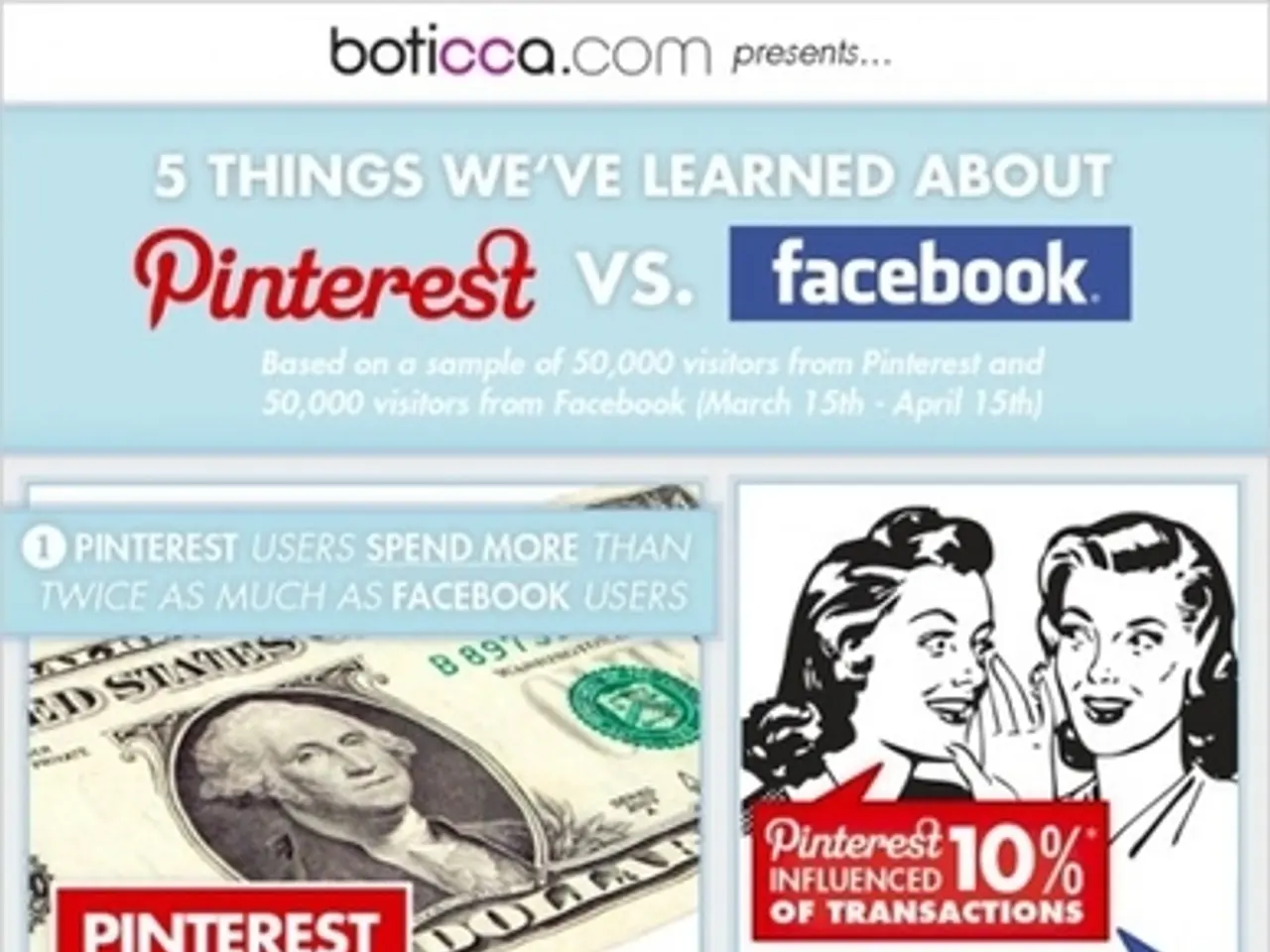Tariffs Got You Tangled? A Guide to Trump's Tariff Wars and Their Economic Impact
U.S. Federal Reserve's Agenda Clouded by Trump's Trade Taxes - Increased Tariffs Under Trump's Leadership Cast a Shadow Over the US Federal Reserve
Here's the skinny on how Donald Trump's tariffs have been causing a ruckus in the U.S. economy - and what the heck it means for you!
Tariffs and Their Toll on Your Wallet
You heard that right, mate! The tariffs President Trump has slapped on imports have been acting like a sneaky tax hike. For instance, that tariff on steel and aluminum imports skyrocketing from 25% to an eye-popping 50% in 2025? Well, that's just a higher cost for U.S. manufacturers to swallow. And you know what? They pass that extra cost onto consumers. Boom! Higher prices for you!
This isn't just a one-time thing, either. J.P. Morgan Research says that the tariffs on Chinese imports alone - before we even factor in substitution effects - add up to a whopping $400BN tax hike on U.S. households and businesses. All told, that means higher prices for consumers.
The Economic Kick in the Teeth
So, how does this impact the economy as a whole? Well, first, the increased costs drive a wedge between business investment and consumer spending, slowing the economic growth. Remember, the tariffs on Chinese goods alone mean an estimated 0.2% reduction in U.S. GDP over a 10-year period, not to mention the employment and market volatility impacts.
The tariffs are creating uncertainty in supply chains - and that undermines economic expansion while making it harder for businesses to plan for the long haul. And the tariffs are increasing federal tax revenues, yes, but remember: that tax gets passed on to consumers and producers, and it tends to sap economic activity.
What's at Stake: A Snapshot
A quick recap: The tariffs have the potential to create trade tensions and retaliations, harming U.S. exporters and snarling up global supply chains. Legal uncertainties over the tariffs only add fuel to the economic uncertainty fire, slowing investment and consumption growth.
Ultimately, President Trump's tariffs have been known to jack up import costs, stoke inflation, and muck up the economic growth. So, buckle up! Let's hope for a brighter, tariff-free future.
Key Takeaways:
- Tariffs have increased import costs, raising inflation and slowing economic growth.
- Retaliatory tariffs by trading partners have reduced U.S. GDP by an estimated 0.2% over a 10-year period.
- Supply chain disruptions and legal uncertainties caused by tariffs create additional economic uncertainty.
- The tariffs boost federal tax revenues but tend to be borne by consumers and producers, dampening economic activity.
- EC countries, such as EU members, have expressed concern over the impact of the tariffs on their exports to the US, as they too could face retaliatory tariffs and potential trade tensions.
- The employment policy in EC countries could be affected by the tariffs, as increased costs for businesses due to the tariffs might lead to reduced investment in their operations, potentially resulting in job losses.
- Political leaders and policymakers in EC countries are closely monitoring the tariff situation, understanding the potential far-reaching effects on their business and employment sectors, as well as the general news and policy-and-legislation implications that arise from such trade conflicts.






